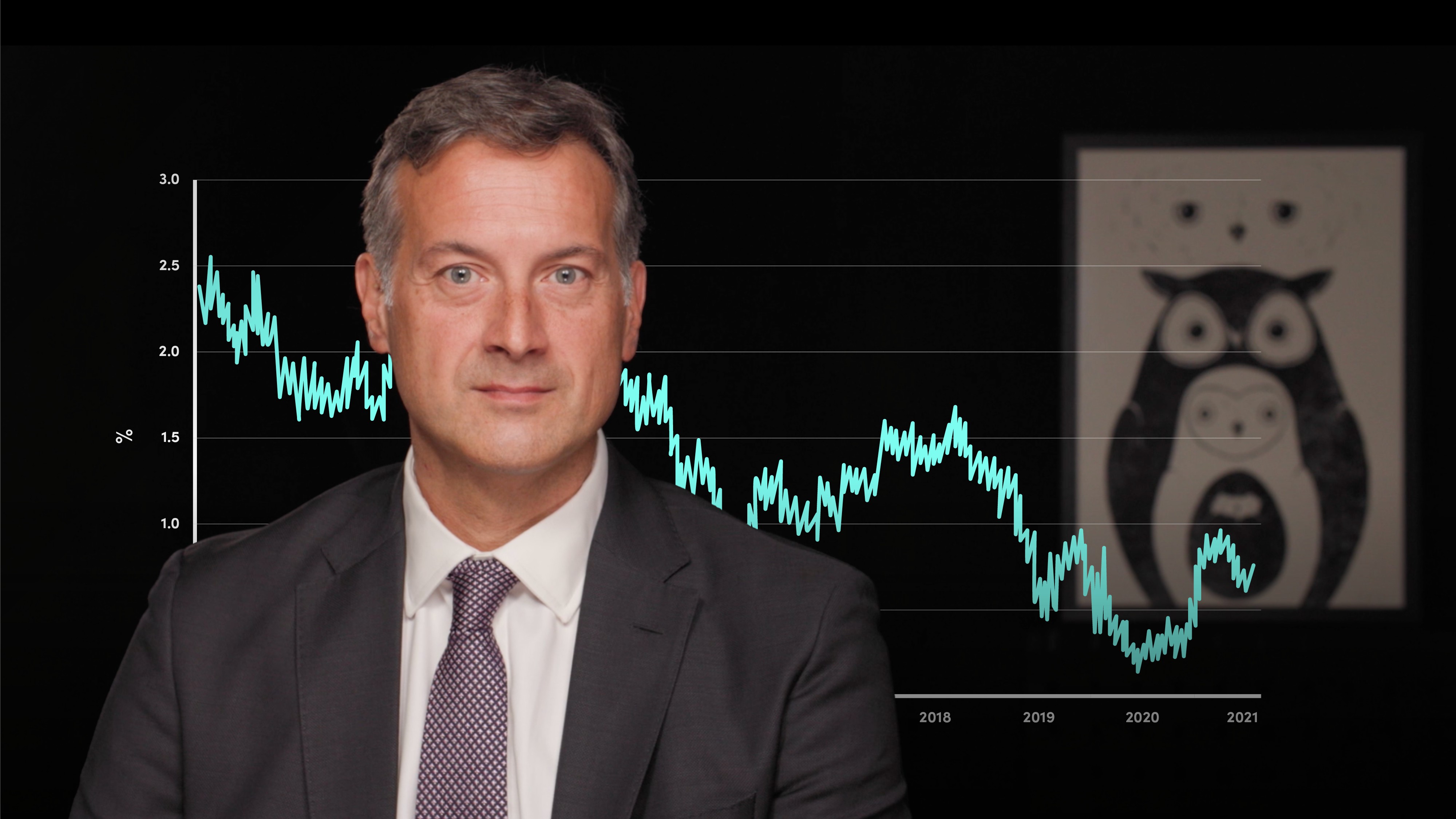
Pricing of Contingent Interest Rate Hedges

Selim Toker
30 years: Derivatives & risk management
In this video, Selim talks us through a pricing example, discusses some practical considerations around the settlement of the product, and finally examines how the IRR of the trade is impacted by the IRDC hedge.
In this video, Selim talks us through a pricing example, discusses some practical considerations around the settlement of the product, and finally examines how the IRR of the trade is impacted by the IRDC hedge.
Subscribe to watch
Access this and all of the content on our platform by signing up for a 7-day free trial.

Pricing of Contingent Interest Rate Hedges
8 mins 31 secs
Key learning objectives:
Understand the practical pricing considerations of an IRDC
Understand the different settlement complications of an IRDC contract
Comprehend the impact of an IRDC contract on the IRR of a project
Overview:
We have introduced the IRDC product in the previous video. In order to match the financing strategy, IRDCs will either settle into a physical swap or be unwound at closing, each having repercussions with credit risks or cash availability respectively. The pricing for IRDCs differs from FXDCs given the complexity of the underlying project and how the pricing is represented, as demonstrated in a pricing example. In this video, we will discuss how to deal with credit issues in the case that a swap is physically settled, and discuss how a perfect interest rate hedge may not equate to a perfect IRR hedge.
Subscribe to watch
Access this and all of the content on our platform by signing up for a 7-day free trial.
Pricing Illustration Example
Consider:
- A GBP 10 year swap, with a 1 year forward start, the forward rate would be 0.70% and the swaption price would be 2.3%
- Assuming a 40% DC premium (expressed as a percentage of the ATM option) would equate to an increase in the swap coupon of around 0.1%
- To this an XVA charge needs to be added, assumed to also be around 10 basis points, giving an all-in charge of around 20 basis points, and so a fixed coupon of around 0.9%
Settlement considerations
Once the swap is settled physically (i.e. it is hedging floating rate financing), then it will incorporate counterparty credit risk. The quantum of risk will depend on how interest rates have moved and so will need to be estimated by the DC provider. Furthermore, the swap counterparty will not want to face a bidco if it is entering into a long-dated derivatives contract, and may want to novate the swap from a bidco to the opco to be closer to the cashflows and therefore a better credit profile. However as the swap may have a negative mark-to-market at this point (if rates have fallen), then the bidco will have to pay the opco in order to transfer the swap, using valuable cash meant for the purchase of the asset.
Hedging interest rates versus IRR
Cash availability can also impact the IRR of a project, even whilst the interest rate risk is fully hedged. In the situation where a swap is being unwound as it was a hedge of fixed rate financing, then the unwind will require either a receipt or payment of cash in the event rates have risen or fallen respectively. In the case that rates have fallen, the bidco will have to use valuable cash to pay for the unwind, which it will get back through paying a lower fixed coupon over the life of the new financing. Given that it will have to raise expensive equity for the unwind cash, this is IRR negative. To hedge the IRR, the DC provider will have to accept to receive the unwind payment as an annuity over the life of the debt, offsetting the lower coupons being paid given the fall in rates.
Subscribe to watch
Access this and all of the content on our platform by signing up for a 7-day free trial.

Selim Toker
There are no available Videos from "Selim Toker"



























